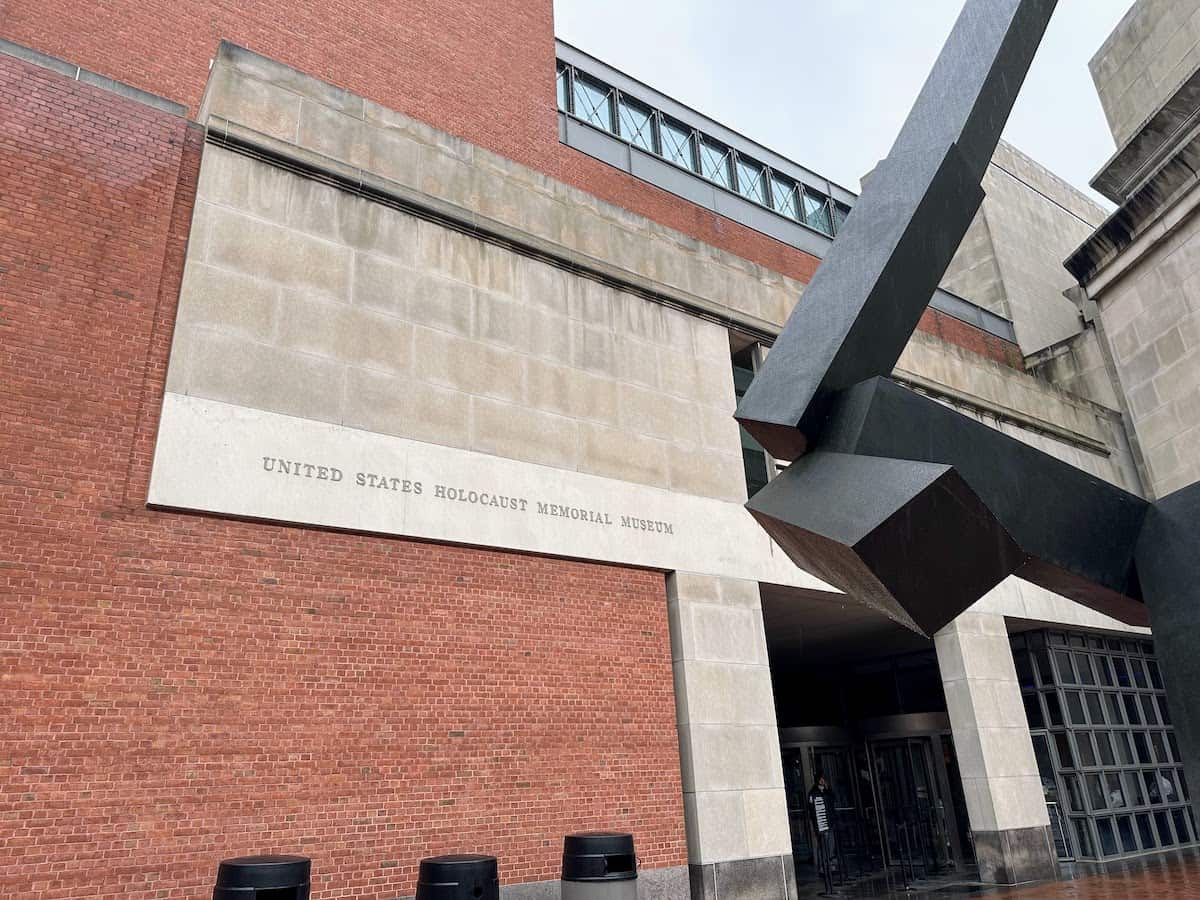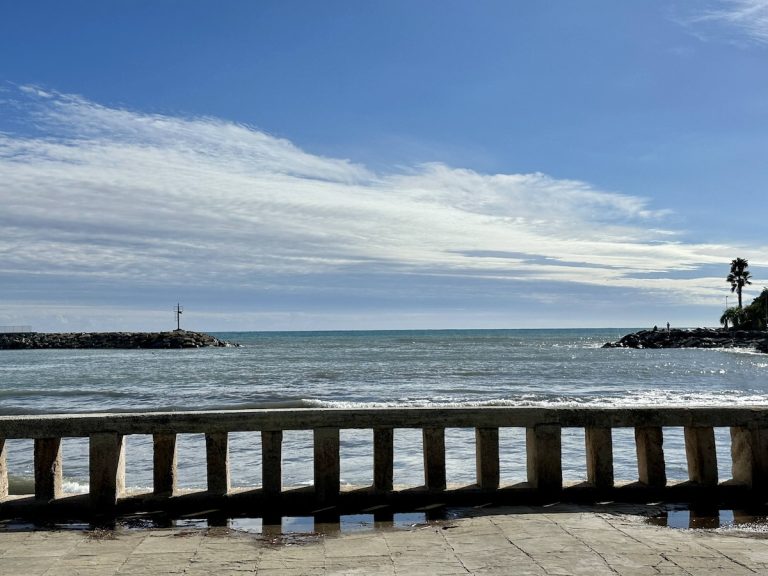A Visit to the United States Holocaust Memorial Museum

With anti-semitism, Neo-Nazism, Fascism, and holocaust denial soaring across the world, there couldn’t be a more perfect time to visit the United States Holocaust Memorial Museum in Washington, DC.
If you’ve already been there, it’s time to return.
The documentation and displays in the museum are stark reminders of the dangers of forgetting the past, allowing people around us to reimagine it, or ignoring signs of prejudice, bigotry, discrimination and hatred against any group of individuals.
“The Museum is not an answer: It is a question.”
–Elie Wiesel, Museum Founding Chairman.
A bit of history

The United States Holocaust Memorial Museum, which first opened in 1993, was created as a living memorial to the more than six million Jewish people, and other victims, who perished during the Holocaust.
Other targets of Nazi persecution and murder during the same time period included Jehovah’s Witnesses, homosexuals, Roma (gypsies), Afro-Germans, Poles, Soviets, people with disabilities, Communists, and political opponents.
The Holocaust took place between 1933 and 1945, affecting almost the entirety of the Jewish population across Europe.
A few fascinating historical facts about the museum are laid out in the Holocaust Encyclopedia, a powerful search engine operated by the United States Holocaust Museum:
- All the costs of museum construction came from private donations.
- The Federal government donated the almost two acres of land adjacent to the National Mall, used to build the museum.
- Two milk cartons with soil and ashes from concentration camps and killing centers (death camps) were buried on these hallowed grounds during the groundbreaking in 1985.
- The museum received bipartisan support over the course of three Presidential administrations:
President Jimmy Carter established the President’s Commission on the Holocaust (chaired by Holocaust survivor and activist Elie Wiesel, who died in 2016) that recommended the establishment of the museum;
President Ronald Reagan spoke when the cornerstone was laid;
President Bill Clinton spoke at the dedication ceremony.
- His Holiness the Dalai Lama of Tibet was the museum’s first visitor.
- The museum was designed by the late German architect, James Ingo Freed. The design evolved from his memories of visits to several Holocaust camps and ghettos.
- Since its opening, the museum has welcomed 47 million visitors, including heads of state from around the world.
What you will see during a visit to the United States Holocaust Memorial Museum

Through a permanent exhibit and temporary ones, the United States Holocaust Memorial Museum conveys the tragedy of The Holocaust: “the systematic, bureaucratic, state-sponsored persecution and murder of almost six million Jews by the Nazi regime and its collaborators.”
The museum’s permanent exhibit, The Holocaust, covers three floors of the building and includes historical documents, 900 artifacts, historic films, 70 videos, photographs and oral and video histories. There are also models of gas chambers and crematorium.
The three floors of the Holocaust Museum correspond to distinct periods of time:
1933-1939
“The Nazi Assault” documents the growing rise of terrorism

1940-1945
By 1942, there were 400 ghettos scattered across Europe.
“The Final Solution” documents the horrors of deportations to concentration camps and killing centers



1945-
“The Last Chapter” documents resistance and rescue efforts and the aftermath of the Holocaust



Why you should go:

The impact of visiting the museum is both intellectual and visceral. This extensive collection brings the horrors of The Holocaust into sharp focus and serves as a reminder that each of us needs to make sure it never happens again.
FIRST THEY CAME FOR THE SOCIALISTS, AND I DID NOT SPEAK OUT
BECAUSE I WAS NOT A SOCIALIST.
THEN THEY CAME FOR THE TRADE UNIONISTS, AND I DID NOT SPEAK OUT
BECAUSE I WAS NOT A TRADE UNIONIST
THEN THEY CAME FOR THE JEWS, AND I DID NOT SPEAK OUT
BECAUSE I WAS NOT A JEW,
THEN THEY CAME FOR ME
AND THERE WAS NO ONE LEFT TO SPEAK FOR ME.
Martin Niemoller (1892-1984), Lutheran minister and early Nazi supporter who was later imprisoned for opposing Hitler’s regime.
What to know before you go:


- The museum is located at 100 Raoul Wallenberg Place SW, Washington, DC. To get an adequate experience, plan to spend at least 1.5 -3 hours or more at the museum. Visits are self-paced.
- Admission to the museum is free. The museum is open every day of the year, except Yom Kippur and Christmas Day. Entry requires passage through a metal detector.
- Photographs are not only allowed but are encouraged, to promote conversation and dialogue. Videography and flash photography are not permitted.
- Because of health and safety concerns during the pandemic, timed tickets are required for entry. See information on obtaining Holocaust Museum tickets online. Although the website suggests that face coverings are required, this was not enforced and few people wore them. Social distancing was also encouraged but not enforced.
- While in the area, be sure to visit some of the DC museums that are part of the Smithsonian, the largest museum complex in the world.
THERE WERE NOT SIX MILLION JEWS MURDERED; THERE WAS ONE MURDER, SIX MILLION TIMES.
–Holocaust Survivor Abe Herzberg
IF YOU GO
All photo credits: Irene S. and Jerome Levine
READ MORE
The War Is Over is an Italian TV series that tells the story of the children of The Holocaust.
Save to Pinterest!!






